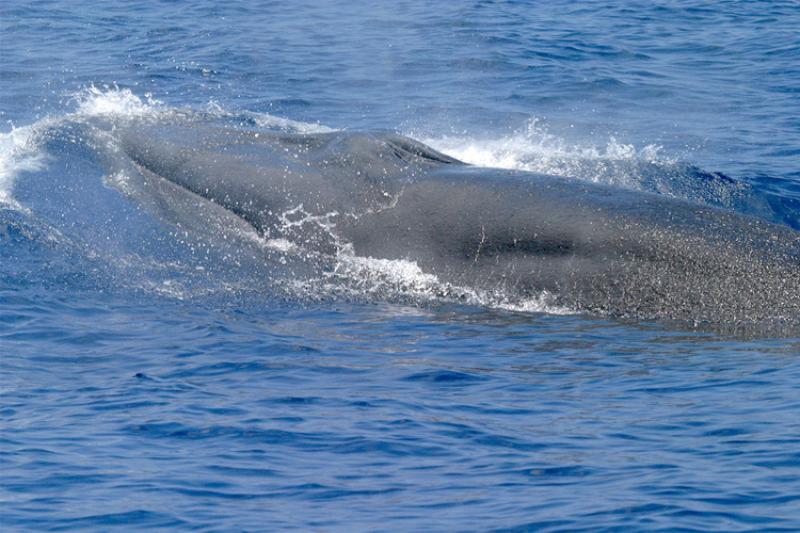A new peer-reviewed study, “Protected species considerations for ocean planning: A case study for offshore wind energy development in the U.S. Gulf of Mexico" was published in Marine and Coastal Fisheries. It is part of a special theme issue of the online journal entitled “Offshore Wind Interactions with Fish and Fisheries.” The issue will feature several more NOAA Fisheries-authored papers on offshore wind energy topics as they are published.
This paper details NOAA Fisheries' development of scoring methods to assess potential protected species conflicts with offshore wind. NOAA National Centers for Coastal Ocean Science and the Bureau of Ocean Energy Management developed spatial models used in the study. The generalized scoring approach considers species conservation status and demographic information.
In the spatial models, a score of one reflects an area with low siting conflicts. A score of zero reflects an area with high siting conflicts. The paper evaluated the spatial distributions for 23 species listed under the U.S. Endangered Species Act and Marine Mammal Protection Act, identifying high-use and low-use areas for each species and scoring these areas from 0.1 to 0.9. A score of 0.1 reflected a high-use area for an endangered species with a small and declining population; a score of 0.9 reflected a low-use area for a non-strategic MMPA stock. The researchers combined these layers spatially and integrated them into the siting model. The NOAA Fisheries combined layer informed relative risk for siting wind energy activities in a given area while accounting for the overlap of different protected species.
This integration resulted in a 70 percent reduction in potential siting conflicts with protected species within the final selected wind energy area. These estimates are based on current and expected species occurrence and distribution patterns. This work represented a successful collaboration between NOAA Fisheries, NOAA National Centers for Coastal Ocean Science and the Bureau of Ocean Energy Management. The goal was to proactively minimize potential interactions between renewable energy development and protected species. The approach is straightforward, repeatable, and transferable to other regions, to other sensitive or protected species, and to other marine spatial planning applications. However, these are static models. NOAA Fisheries needs continuous monitoring data to ensure models can be adapted to shifting species distributions due to climate change or ecosystem perturbations.
This collaborative work provides a foundation for early engagement and strategic marine spatial planning for offshore wind energy to reduce potential adverse effects to protected species. It also provides a reference for work conducted to inform this process and a template for other regions as these efforts expand.


